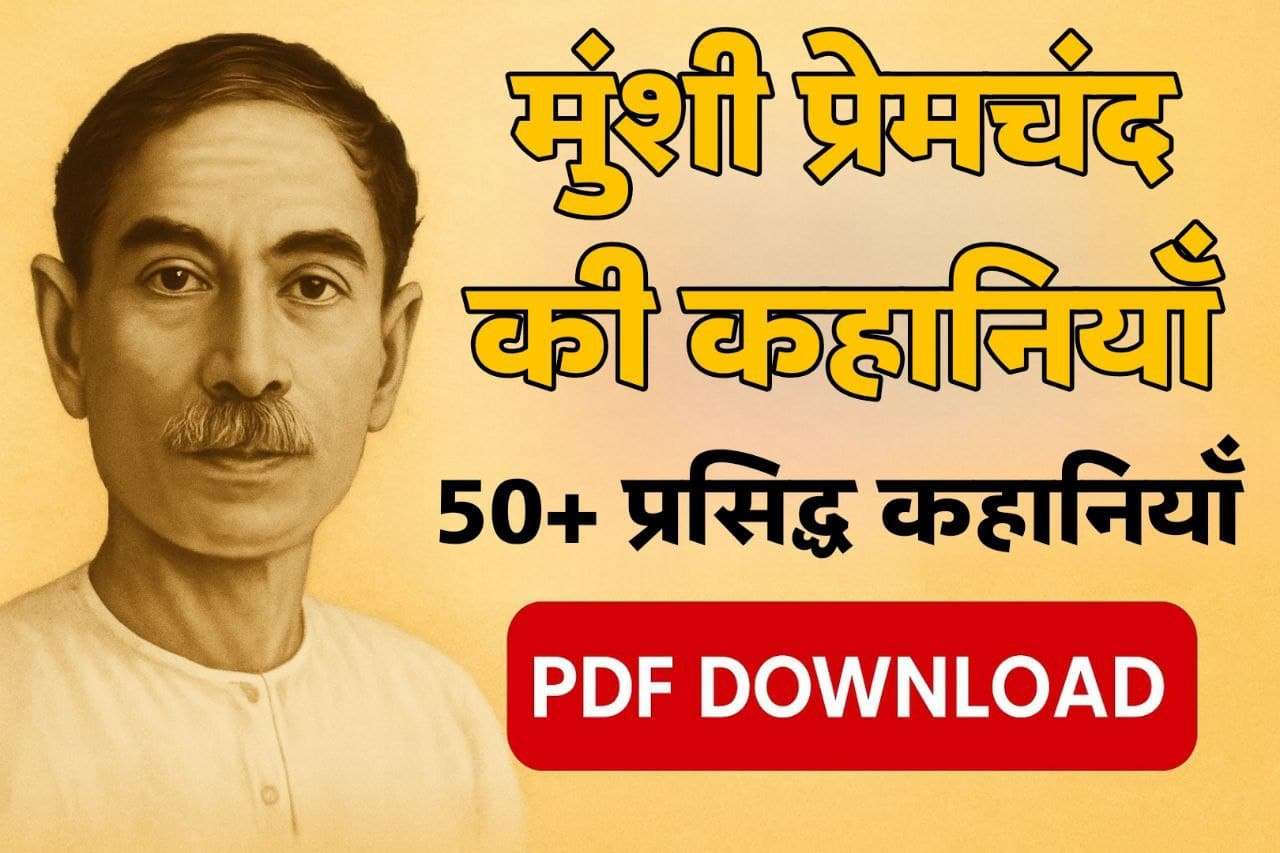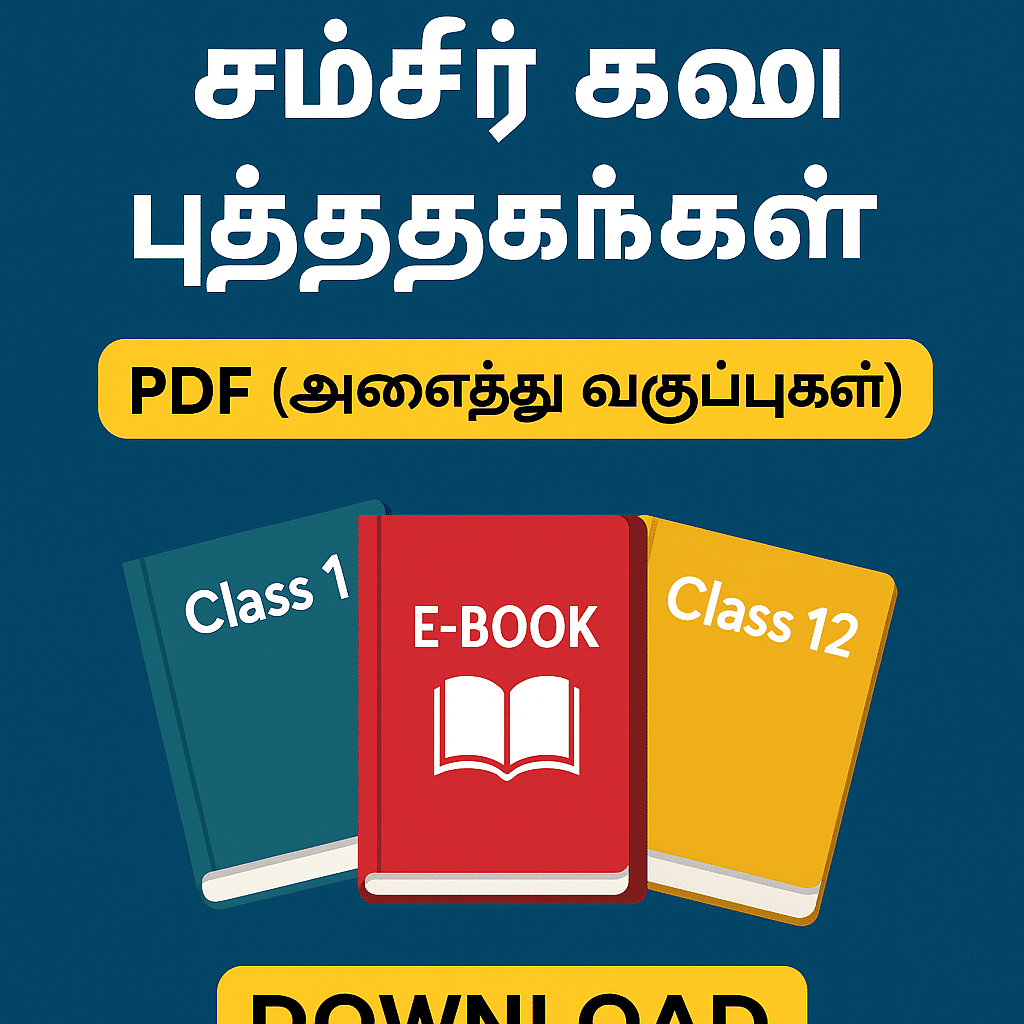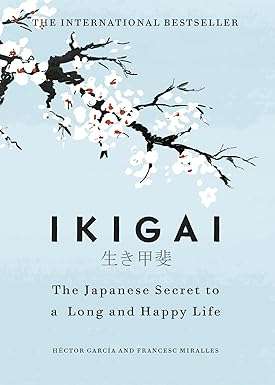Rich Dad Poor Dad : What the Rich Teach Their Kids About Money
- Understanding the Impact of “Rich Dad Poor Dad”
“Rich Dad Poor Dad,” authored by Robert T. Kiyosaki, stands as one of the most influential personal finance books of the 21st century. First published in 1997, this book offers readers insights into wealth-building principles through a narrative that contrasts two different approaches to money and financial education. Kiyosaki’s book has resonated with millions around the globe, often sparking discussions about financial literacy and investment strategies.
The Premise
At its core, “Rich Dad Poor Dad” is a collection of lessons learned from Kiyosaki’s two father figures—his biological father, whom he refers to as “Poor Dad,” and the father of his best friend, or “Rich Dad.” Through a series of anecdotes and personal stories, Kiyosaki juxtaposes the contrasting philosophies and financial strategies of these two men.
About Poor Dad Rich Dad
Poor Dad represents traditional views on education and career. He advocates for working hard, obtaining a stable job, and earning a steady paycheck. His approach focuses on climbing the corporate ladder and living within one’s means. In contrast,Rich Dad embodies a more entrepreneurial and investment-oriented mindset. He emphasizes the importance of financial education, investment in assets, and creating multiple streams of income.
Buy Book From Amazon
Key Lessons
- The Importance of Financial Education:
One of the primary messages of “Rich Dad Poor Dad” is the significance of financial education. Kiyosaki argues that understanding how money works is crucial for achieving financial independence. Unlike traditional education systems that emphasize academic knowledge, Kiyosaki believes that financial literacy is key to making informed decisions about money, investments, and business opportunities.
- Assets vs. Liabilities:
Kiyosaki introduces the concept of differentiating between assets and liabilities. According to him, assets are investments that put money into your pocket, such as real estate or stocks, while liabilities take money out, such as loans or credit card debt. Building wealth involves increasing one’s assets and minimizing liabilities.
- The Power of Entrepreneurship:
The book underscores the benefits of entrepreneurial ventures. Kiyosaki advocates for starting and managing businesses as a way to generate wealth. He suggests that having an entrepreneurial mindset allows individuals to seize opportunities and create financial stability beyond conventional employment.
- The Rat Race:
“Rich Dad Poor Dad” critiques the traditional career path that many people follow, which Kiyosaki describes as the “rat race.” He explains that relying solely on a paycheck and saving money in a conventional savings account may not lead to financial freedom. Instead, he encourages readers to seek out investment opportunities and develop passive income sources.
The Impact
“Rich Dad Poor Dad” has had a profound impact on how people approach personal finance. It has inspired many to rethink their financial strategies and seek out alternative methods of building wealth. The book’s simple yet profound principles have made it accessible to a broad audience, from young adults just starting their careers to seasoned professionals looking to diversify their investments.
Criticisms
While the book is highly praised for its motivational and educational content, it has also faced criticism. Some critics argue that Kiyosaki’s advice may oversimplify complex financial concepts or promote risky investment strategies. Additionally, skeptics suggest that the book’s anecdotes may not fully represent typical financial experiences and that the success stories presented are not necessarily replicable for everyone.
Download Book PDF
हिन्दी में बुक को डाउनलोड करने के लिए यहाँ क्लिक करे
Conclusion
“Rich Dad Poor Dad” remains a seminal work in the field of personal finance, offering a fresh perspective on money management and wealth-building. By contrasting traditional and innovative financial strategies, Kiyosaki provides readers with a framework for developing financial intelligence and pursuing financial independence. Whether one agrees with all of Kiyosaki’s recommendations or not, the book undoubtedly challenges conventional wisdom and encourages a proactive approach to financial planning.


